”Tis the Season… to drill ice cores!”
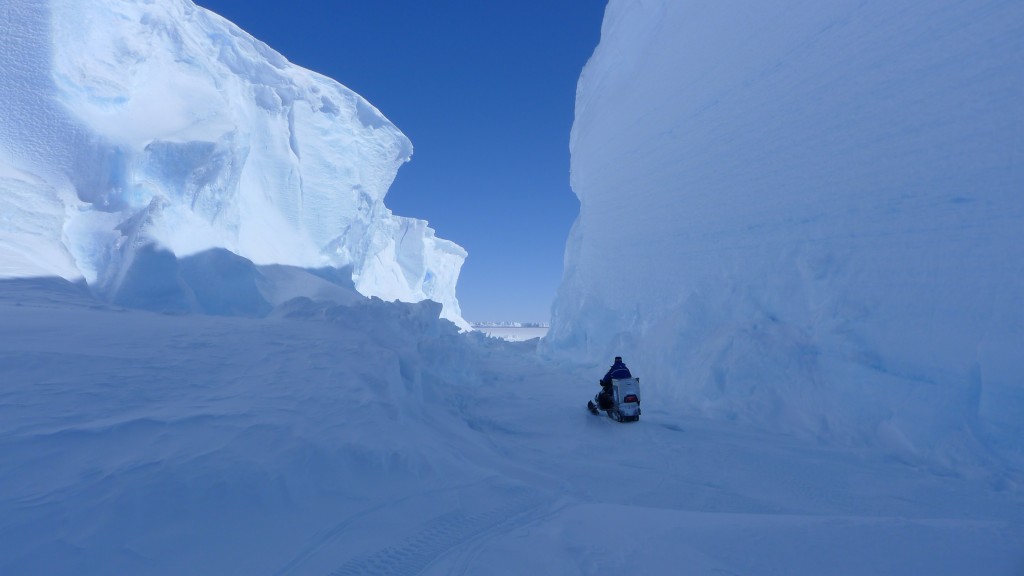
Alain Hubert, expedition team leader for the IceCon and Be:Wise projects investigating the Antarctic ice sheet. Courtesy of International Polar Foundation
As the year draws towards an end, winter officially starts and the longest night is before us here in the northern hemisphere, I have been entranced by photos from the Antarctic, full of light and white and 90 shades of blue. With a holiday break ahead of me, let me direct you to some more of these spectactular pictures and the stories of the hard work behind them, with the scientists from the International Polar Foundation out there examining the ice sheet. As I’ve been writing here on the Ice Blog recently, the Antarctic is also being affected by climate change, but to a different extent in different places. We only know this thanks to the work of scientists like Reinhard Drews and others who make their way down there and carry out the hard work.

Glaciologist and InBev-Baillet Latour Antarctic Fellowship recipient Reinhard Drews installing a GPS station on the Roi Baudoin ice shelf as part of the Be:Wise scientific project. (Copyright: International Polar Foundation)
A happy new year to you scientists out there in the field – and all ice blog followers. More from me on January 9th!! Comments welcome in the meantime.
Tracking narwhals online
I have come across a project by WWF involving those peculiar creatures the narwhals (monodon monoceros), the ones with the amazing long spiral tusks. The experts are tracking them around Baffin Bay in Canada.
There are some great videos as well as the tracking info at the WWF Arctic website!!
More snow less ice in the Antarctic
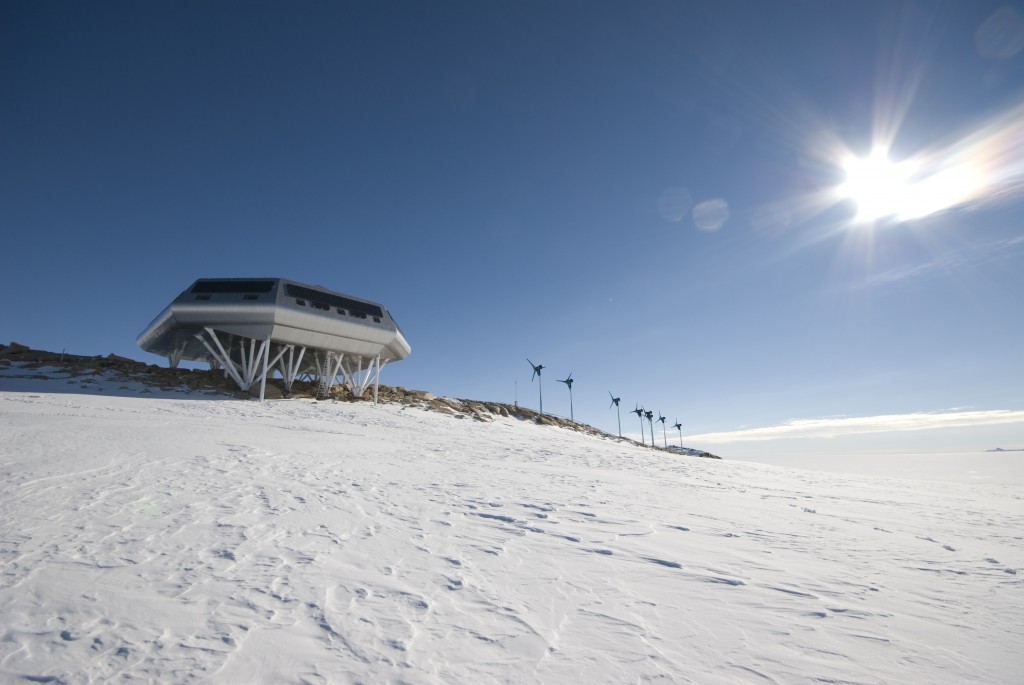
Princess Elisabeth Antarctica, Belgium’s research station
Copyright Ren̩ Robert РInternational Polar Foundation
Regular ice blog followers may remember a recent post including an Interview with Andrew Shepherd from Leeds University, UK, about ice melt in the Antarctic. One of the factors he explained was that increasing precipitation as a result of warming was falling on the East Antarctic ice sheet as snow and so increasing its mass. Although that particular study showed that the Antarctic has indeed been losing ice over the past 20 years, (contrary to popular opinion), increasing snow was balancing this loss to some extent. Now a study published in Nature shows that a lot of the ice increase from this snow is being lost again, because the extra snow puts pressure on the ice, making it flow faster towards the coast.
![]() read more
read more
Much ado about nothing? So much for the big climate conference
No, there’s no ice on the picture. It’s actually one I took on a trip to Australia. But the mood matches my mood as I reflect on the results from Doha. What a meagre outcome. Kyoto extended – big deal. The reduction pledges are too low, there are too few countries involved. Without the USA and China committing to substantial reductions, there is little chance of reaching that two degree target – or even a four-degree target, which even the World Bank says could be on the cards, and scientists agree would be pretty devastating for the planet. The developing countries battling drought and floods, the small island states sinking in rising seas – are still left wondering where the money they’ve been promised to help them cope is going to come from. And it seems to me a real plan for that next world climate agreement must be far off on that dark, dusty horizon somewhere.
Let’s not wait for the next round of UN talks. We need to take action now. That means politicians, industry – and you and me. Listening to people talking about the outcome, the biggest danger I see is that people think there is nothing we can do anyway. I know it’s frustrating. I do not expect much of these mega annual climate-shows. But that shouldn’t stop us from pushing ahead with energy saving, renewables and anything we can do to make our lifestyles more sustainable.
The long Doha wait – is it worth it?
Still waiting for the outcome of the conference. My expectations are not high. Some of the ngo representatives have just said it would be better to let the conference end with no agreement rather than unsatisfactory compromises. I can see their point of view. If there can be no definitive pledges to the developing world of the funding needed for adaptation, what is the point in agreeing? If the Kyoto compromise will still let Russia and eastern European countries use up old emissions permits, is there really anything gained? And without a single pledge of significant reductions, things do not look good for a new world climate agreement from 2020. On the other hand, it would be a very bad sign if nothing came out of Doha. But the chances of anything substantial being agreed still seem to me virtually non-existent. Meanwhile, there seems to be one study after another coming out about the accelerating ice melt in the polar regions. And I think you can forget that 2 degrees target.



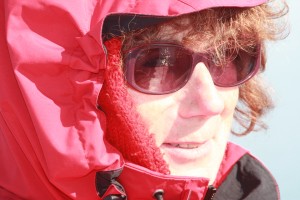

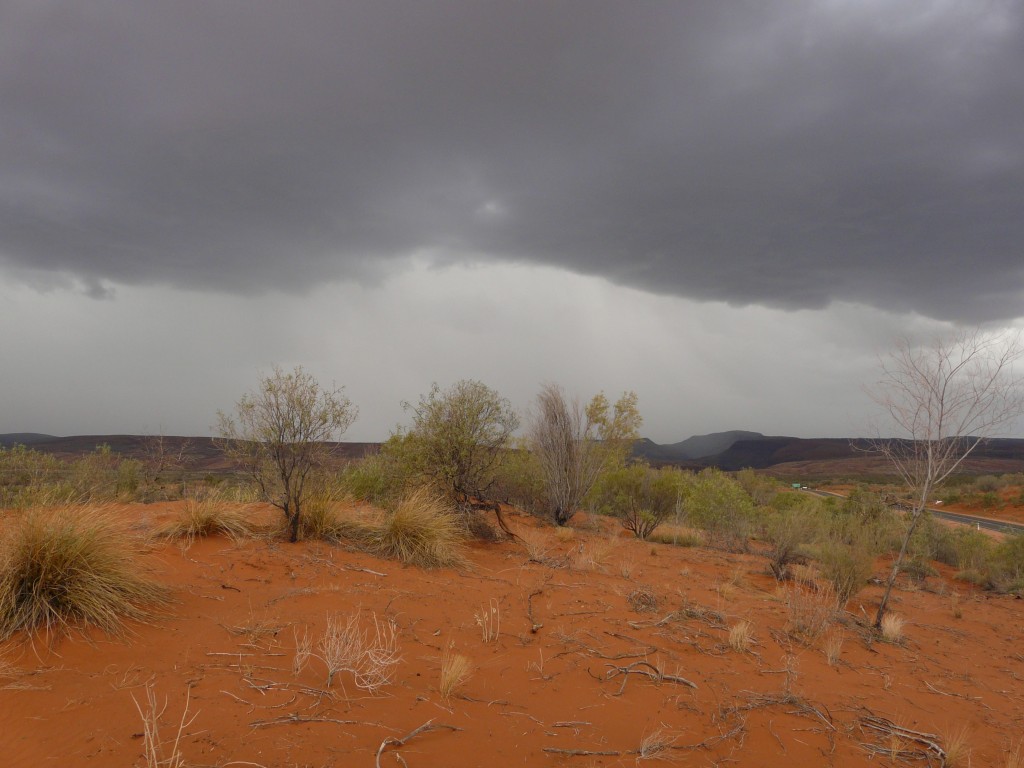
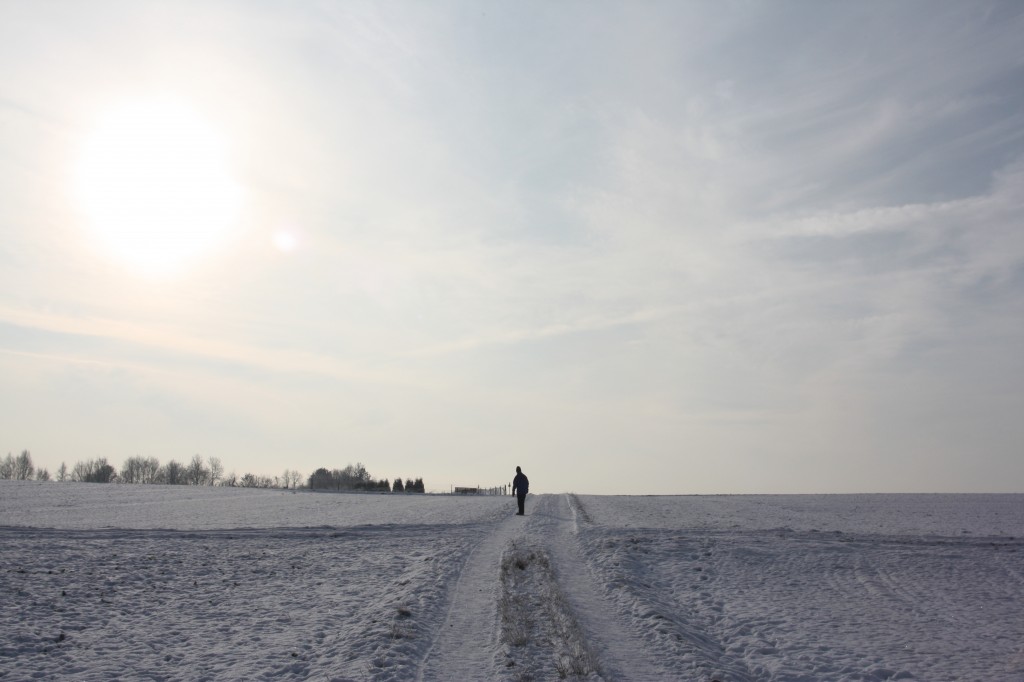




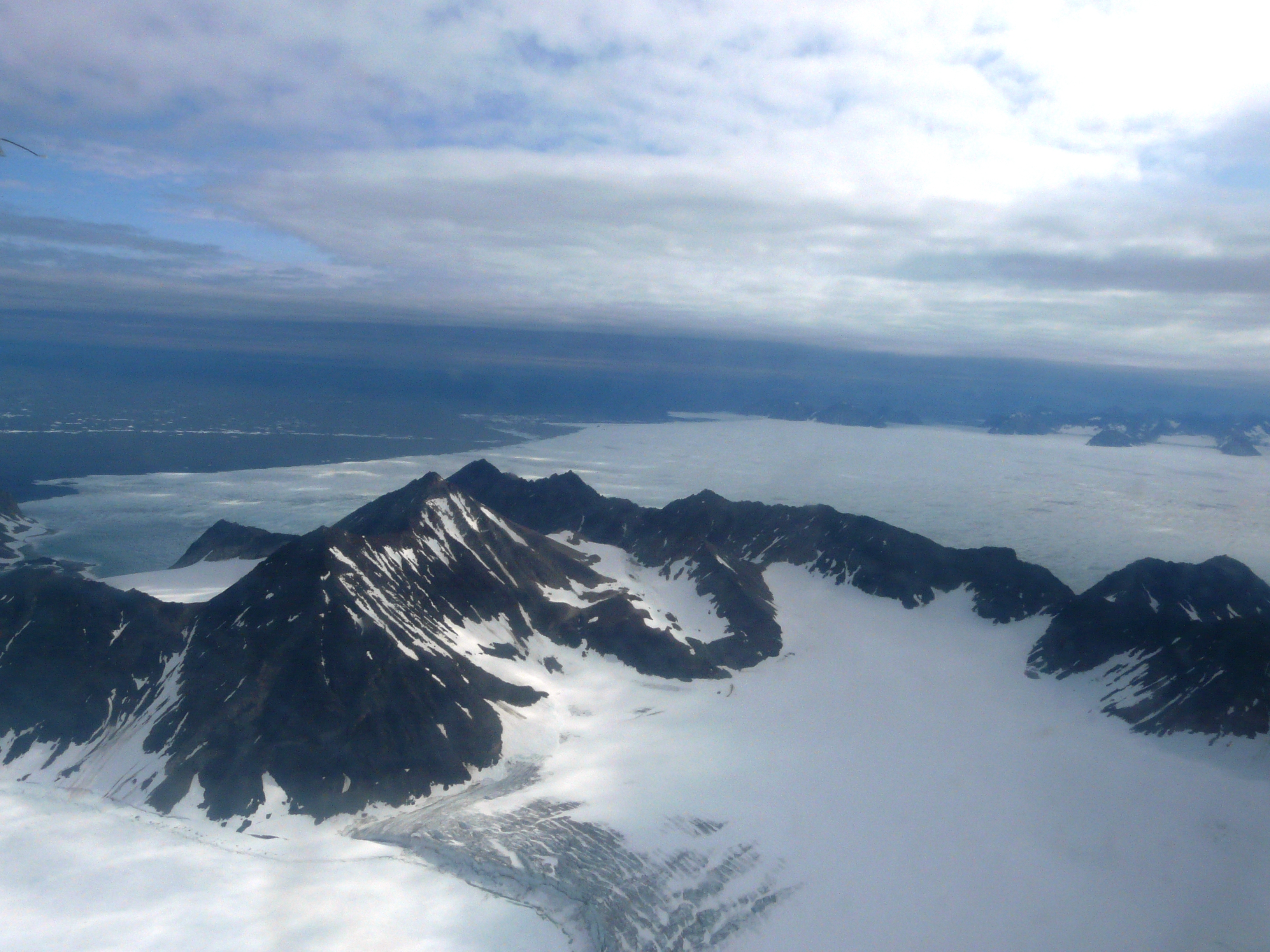
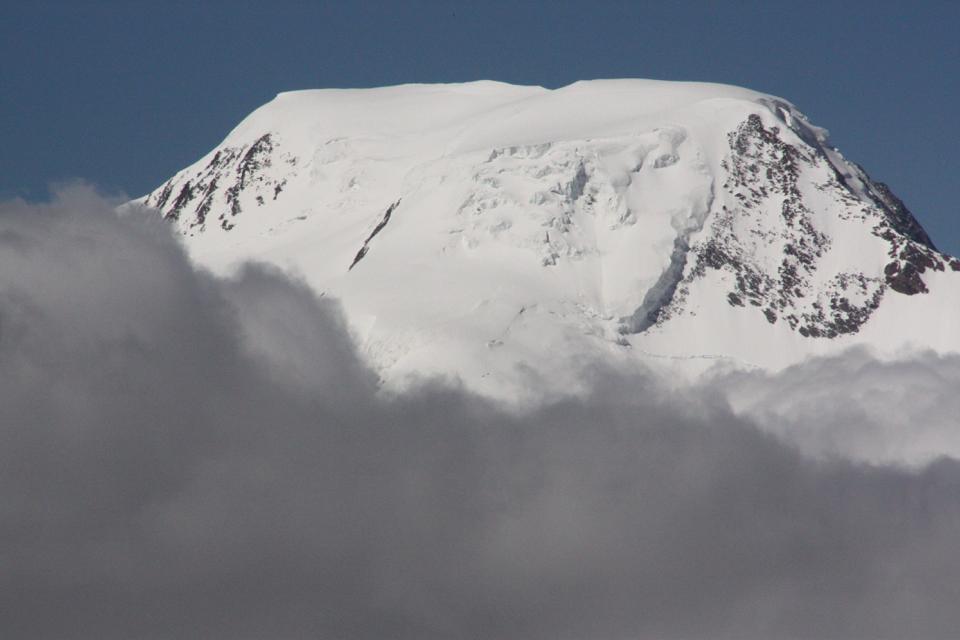
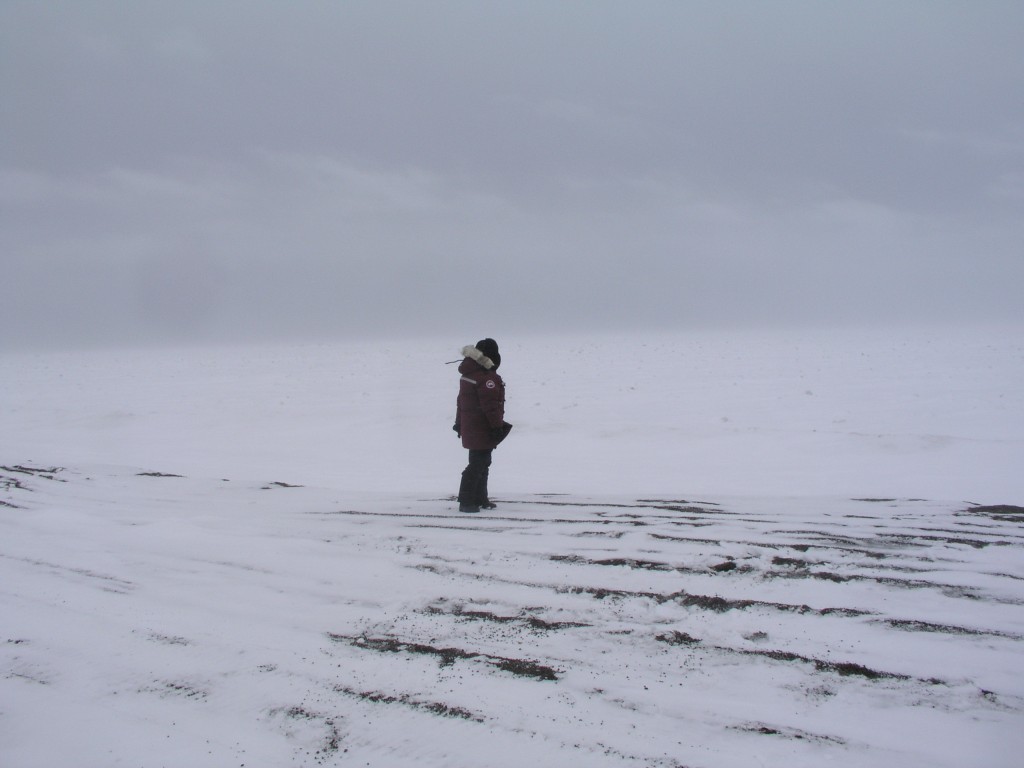
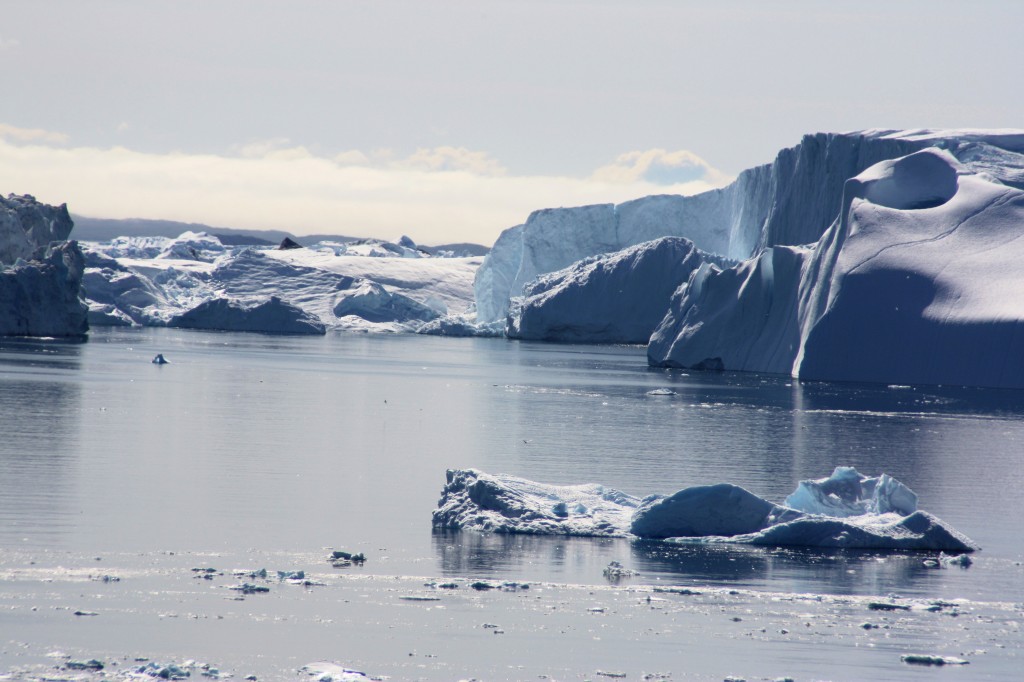
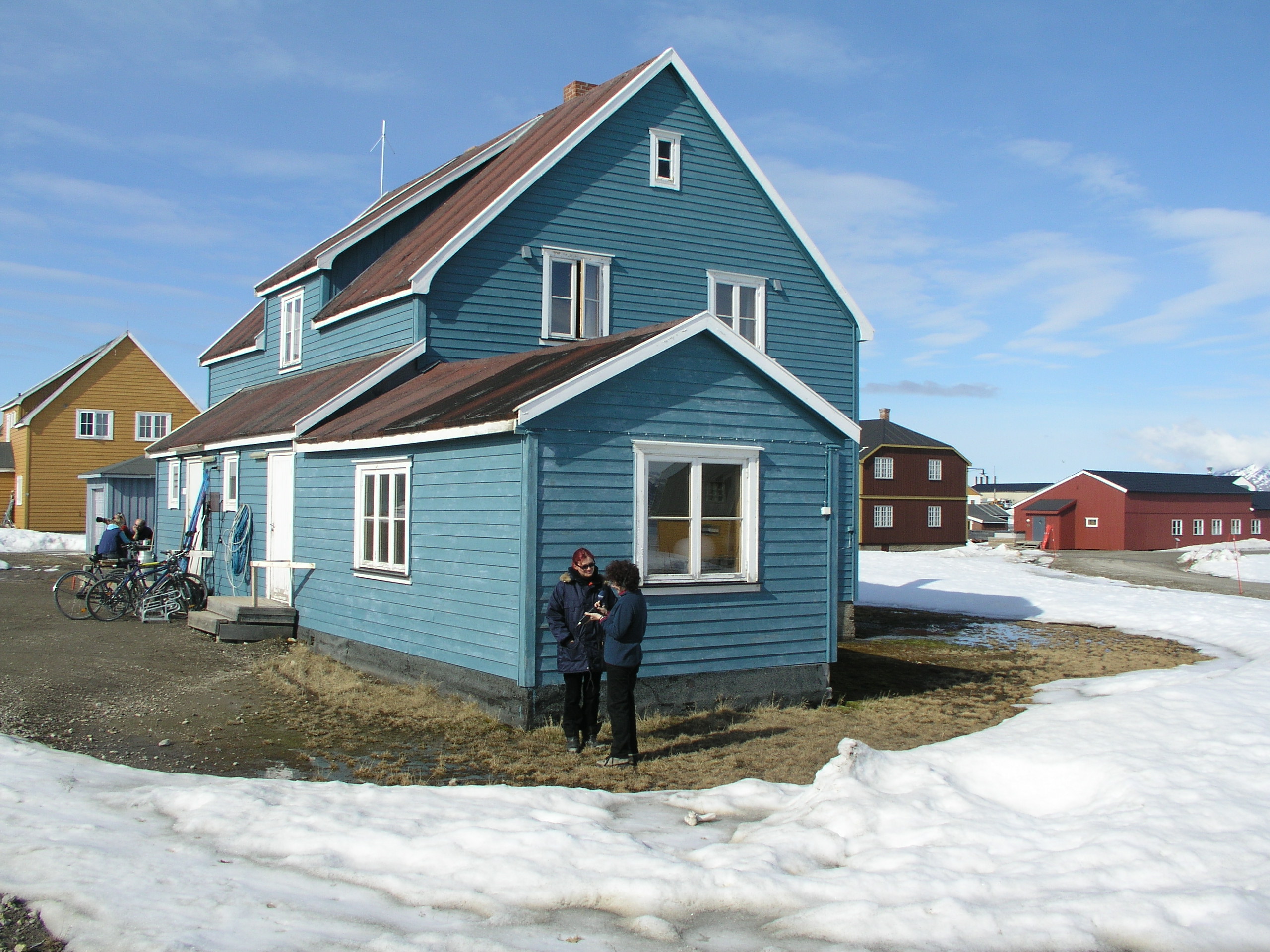
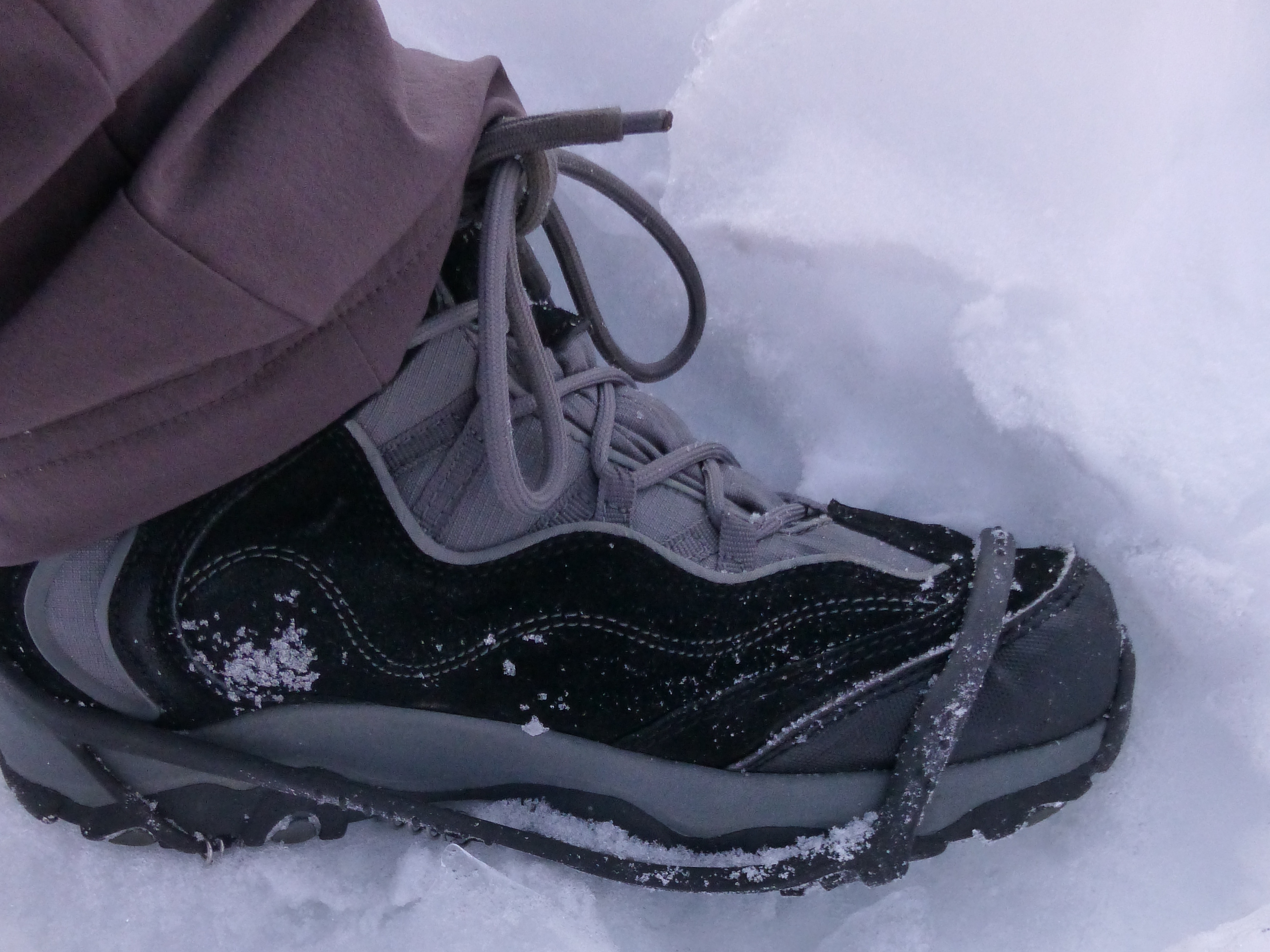
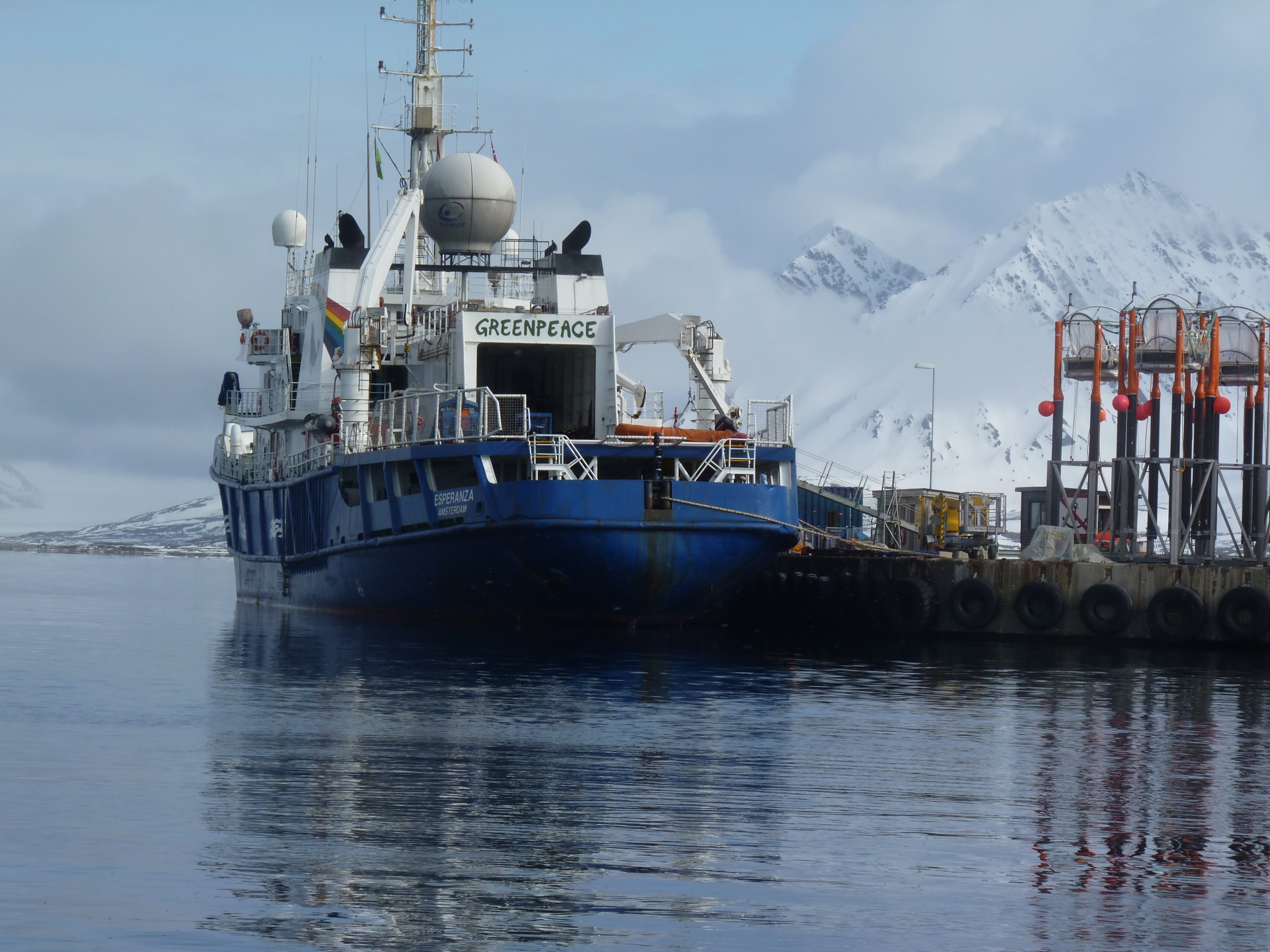
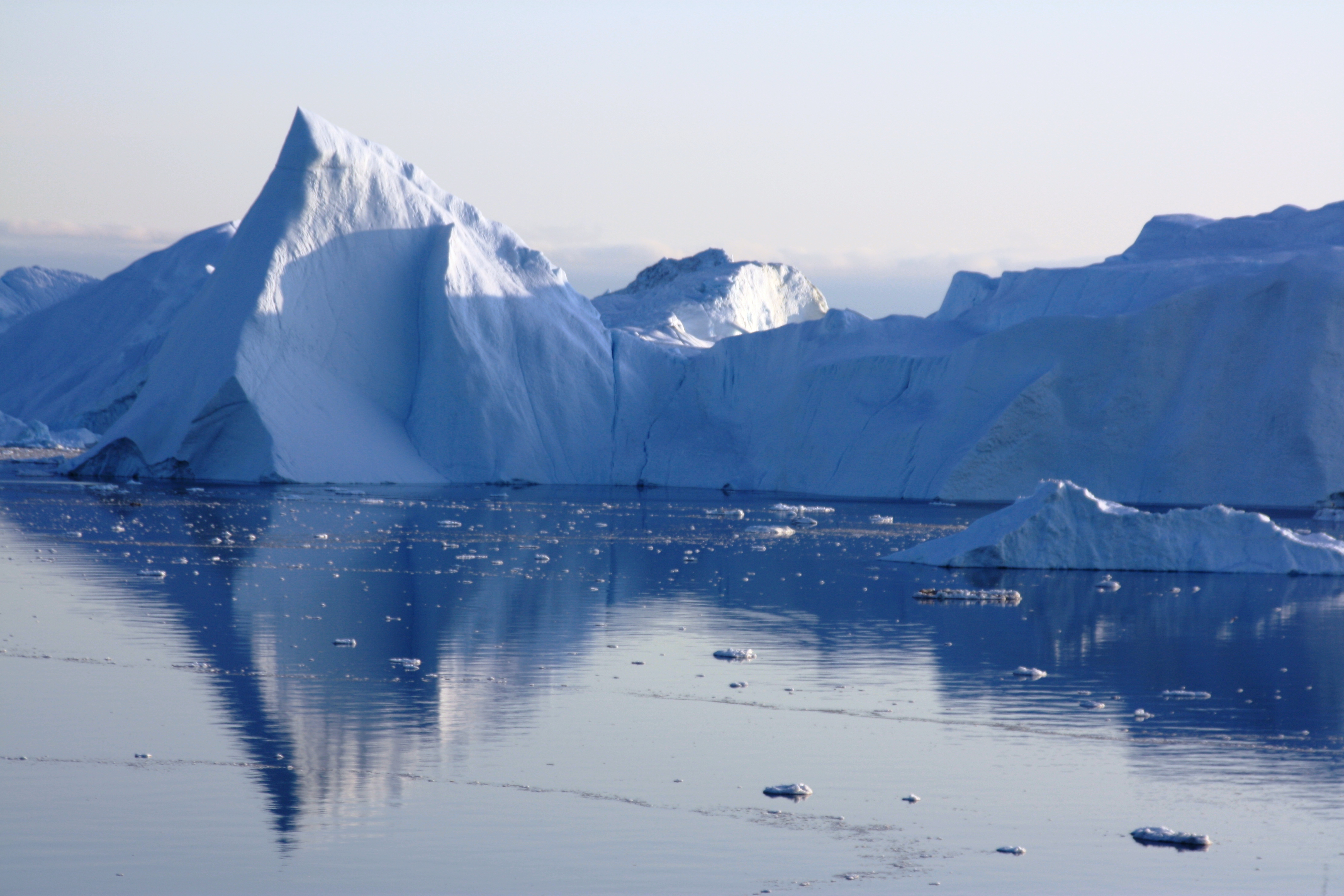
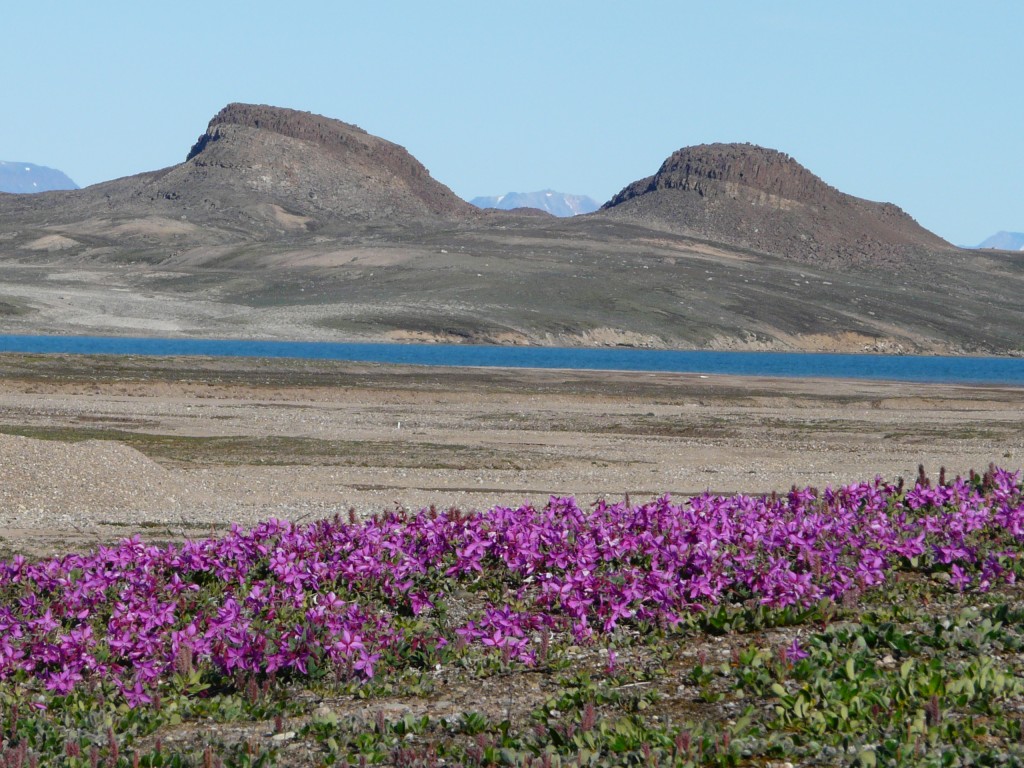
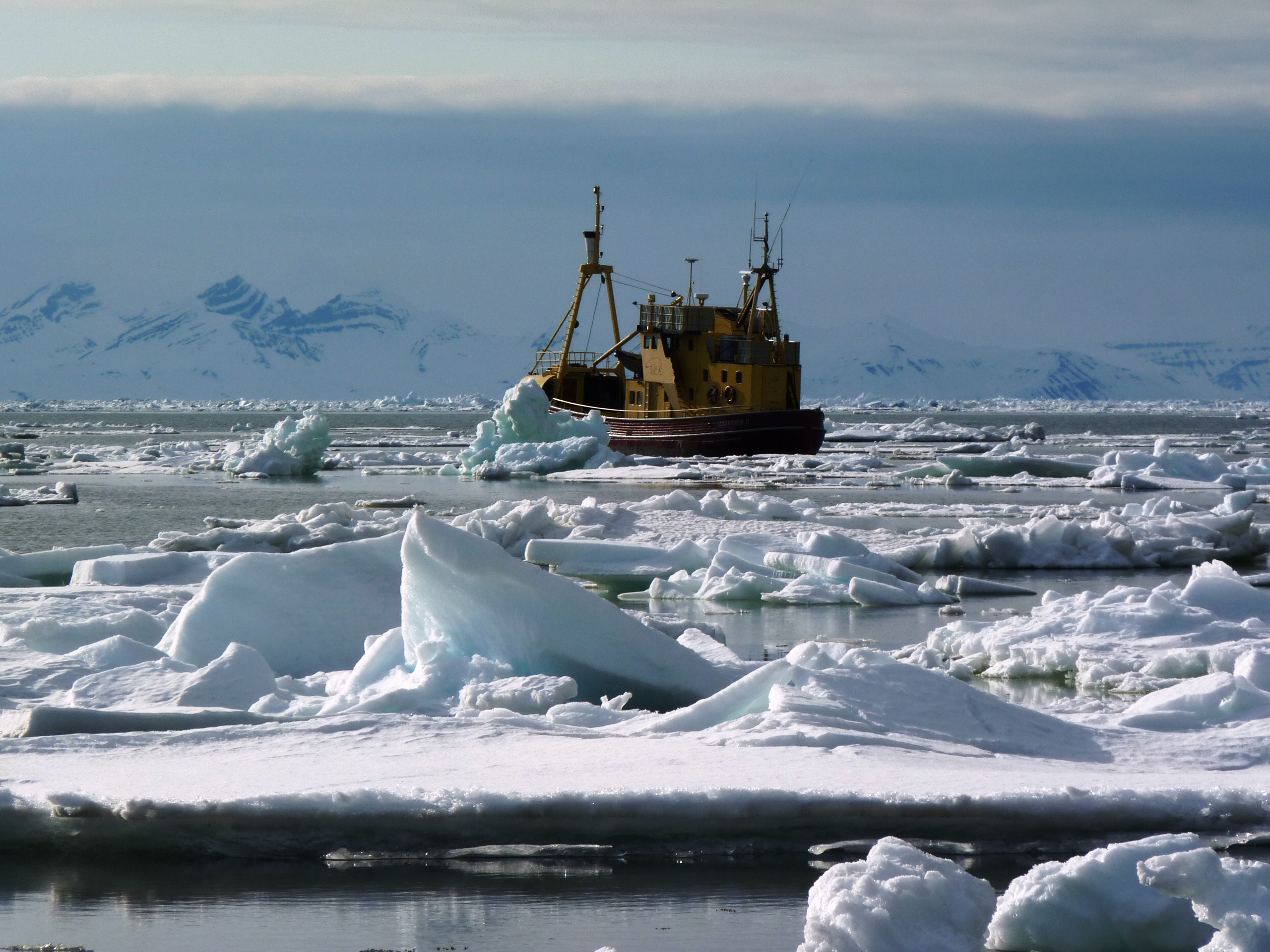
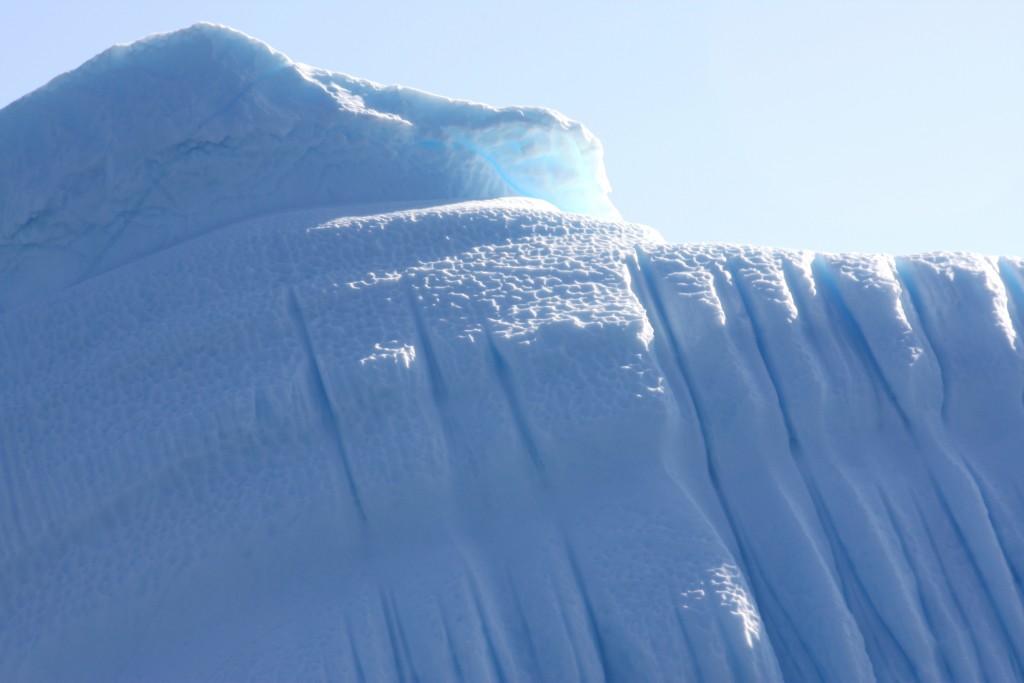

Feedback